Cyclopticals Explained, by Dr. William Vernon

a film strip for children
Conceived and Narrated by William "Bill" Vernon
excerpted from Bill Vernon's forward to
Revise Your Vision, 3rd Revised Edition
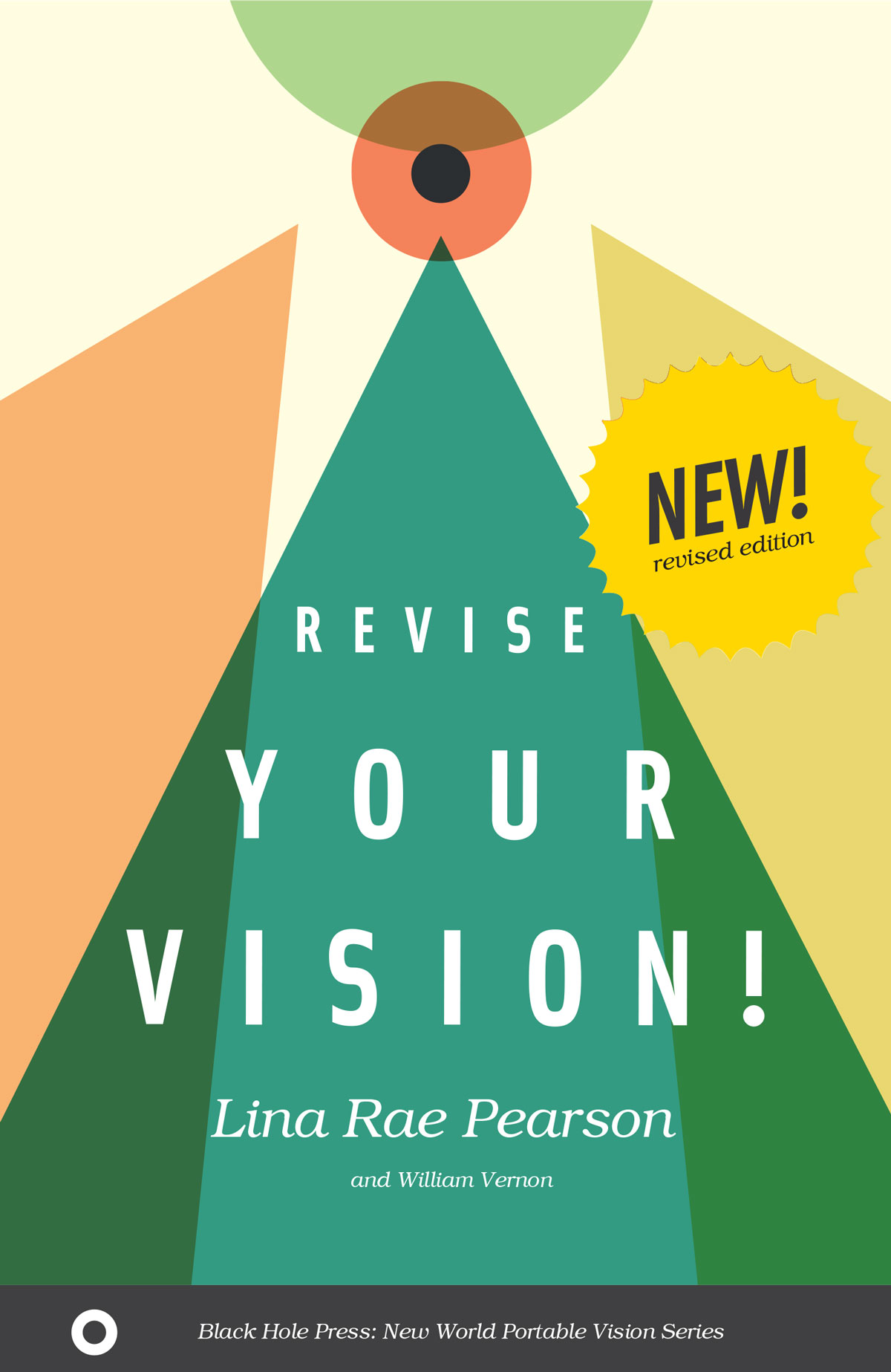
All of this begins with a case study that many of us know well by now. A boy by the name of Francis is born with no left eye. But instead of a mere loss of depth perception, he sees the world in a completely different fashion than the rest of us. His parents don't know what to do with him. Experts don't know what's wrong with him. He won't sit still, he won't read, and he won't listen to reason. He is considered a menace to society and treated as such, leading him to resort to running away to live in the woods on his own, where he feels at peace for the first time in his life. His strange vision of the world is kept a secret to himself and the trees under which he resides.

So there I am, exploring potential methods for seeing multiple dimensions and alternate universes with our own two eyes, when I learn of this individual who I believe manages to do just this with one. How else can I explain the descriptions of his troubled childhood visions, as written down by his school psychologist? Those were the first documents I was able to track down after first reading about Francis in a rag of a tabloid. The story I uncovered altered the course of my studies forever.
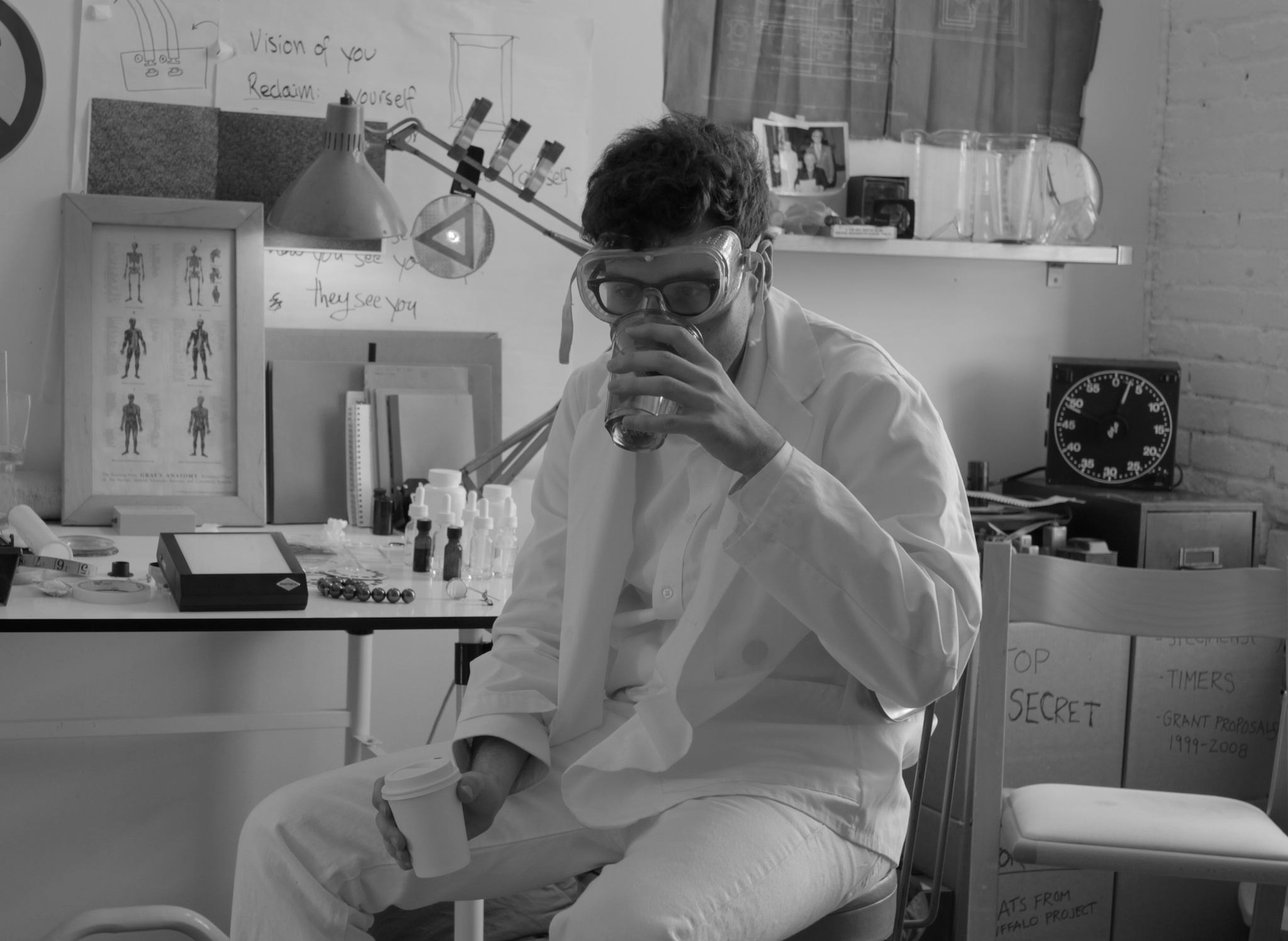
We have no other case to compare his to, nor any division of science capable of explaining this living, breathing human with other-dimensional senses. Why did I care so much when others thought him nothing but an odd curiosity? Because I saw within Francis a potential key to unlocking the mysteries of how the universe we cognitively experience exists collectively among us. I thought, perhaps naively, that this might be an important idea worth dedicating my life to. My peers, however, were more concerned with developing a commercial cheese that would be edible, beneficial, and marketable to household cats. The harder I tried to push my own agenda, the more I was laughed at. The more I was laughed at, the more funding was taken away from me until I became entirely cut off from my own community. I was forced to work alone with no support whatsoever. So, how to translate this other-dimensional vision to ours and vice versa with no budget?
My answer was Cyclopticals.
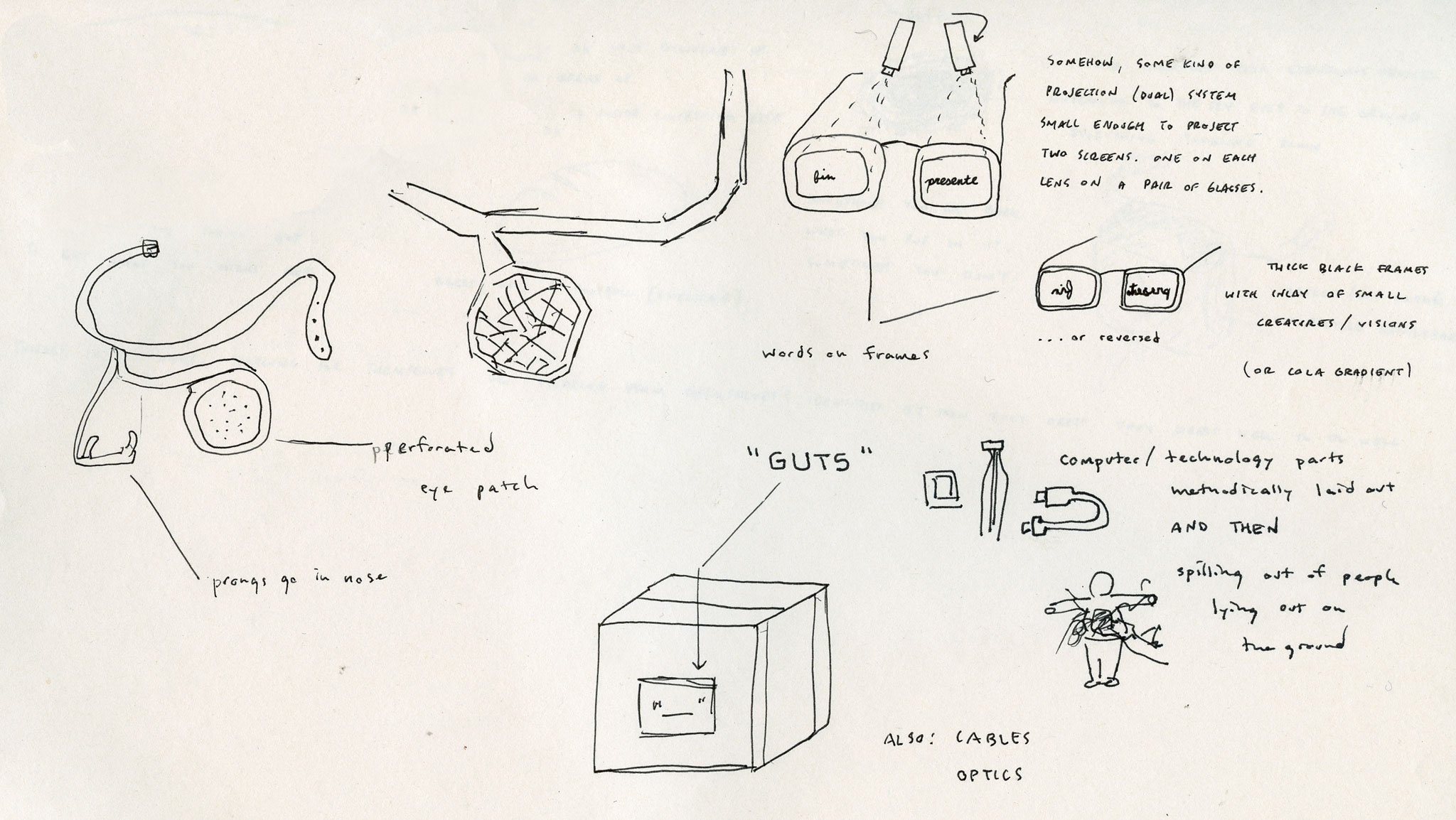
By studying the neural connections between Francis' eye and brain, I thought it might be possible to translate these visual and cognitive representations into some form of technology that we could adapt to our own eyes. At the very least, we should be able to develop some kind of new multi-dimensional home television, which is the commercial concept I originally pitched to get a little seed money early on. After an initial series of tests, I determined that the simplest way to begin would be a wearable technology, placed directly in front of the eye and connected to the body in order to transfer neural responses generated by real-time stimuli. To save money, we adapted readily-available, primitive manufactured technology for our prototypes. We took mechanical camera lenses and prisms, paired with microcomputers and medical devices made to measure brain activity and neural response. The medical equipment we repurposed was often stolen and re-sold to us on the black market and deep web, but I tried to make sure we weren't stealing from some children's hospital or anything like that. We had to get it done. All science has casualties, right? You don't even want to know about the casualties that went into my colleagues' development of that cat cheese.
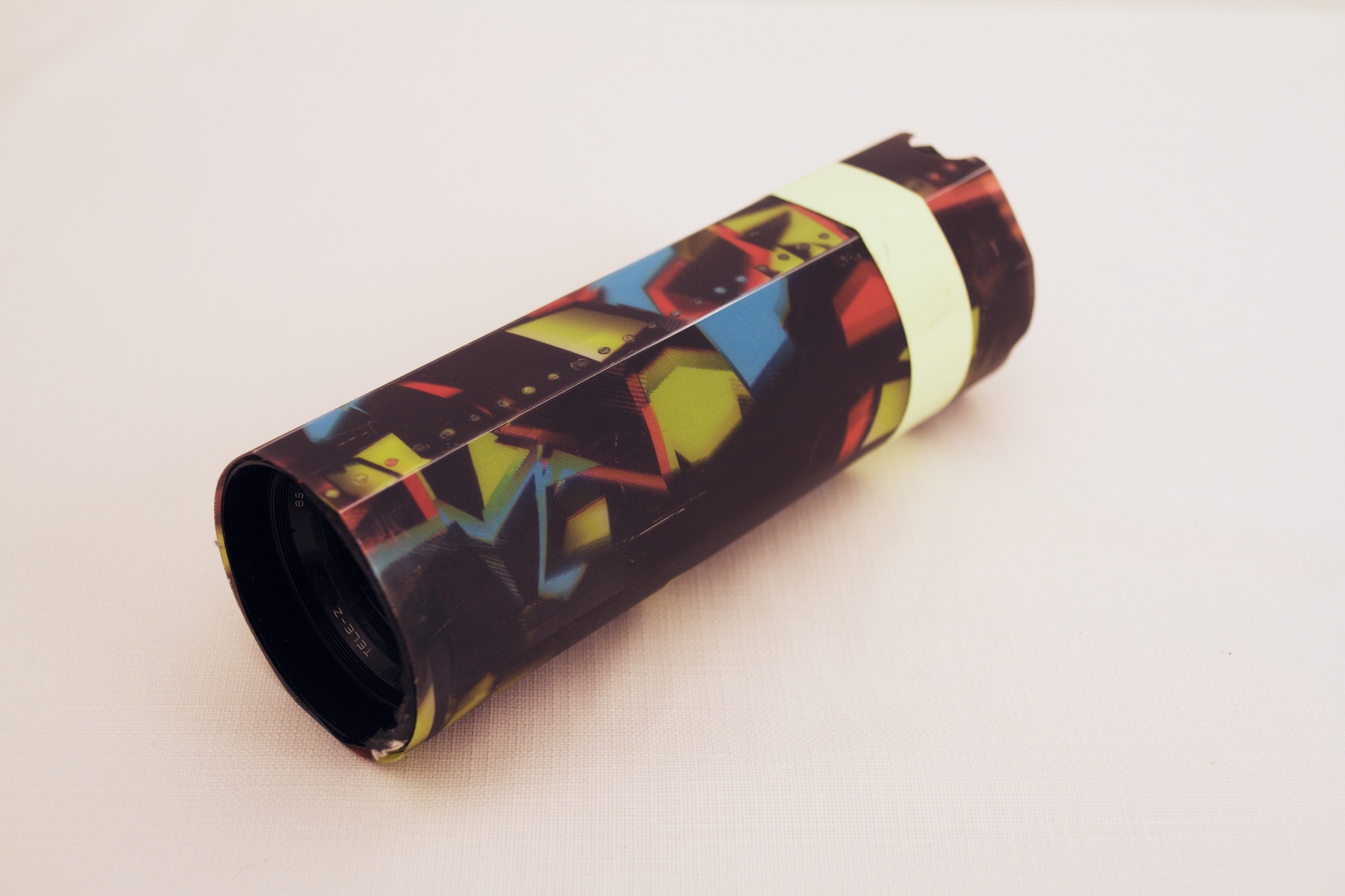
And so, my initial experiments with Francis resulted in our first series of Cycloptical lenses, designed to allow him to make order out of the abstract chaos he saw. At the same time, I began a second series that mirrored the first, which would be a reverse translation allowing a two-eyed viewer to begin to look into Francis' vision. Neither series were entirely successful because of the physical limitations of the basic lens design itself. This is why later models would be more involved apparatuses, with nanotechnology that allowed for peripheral senses and more sensitive electrodes applied directly to the skin.
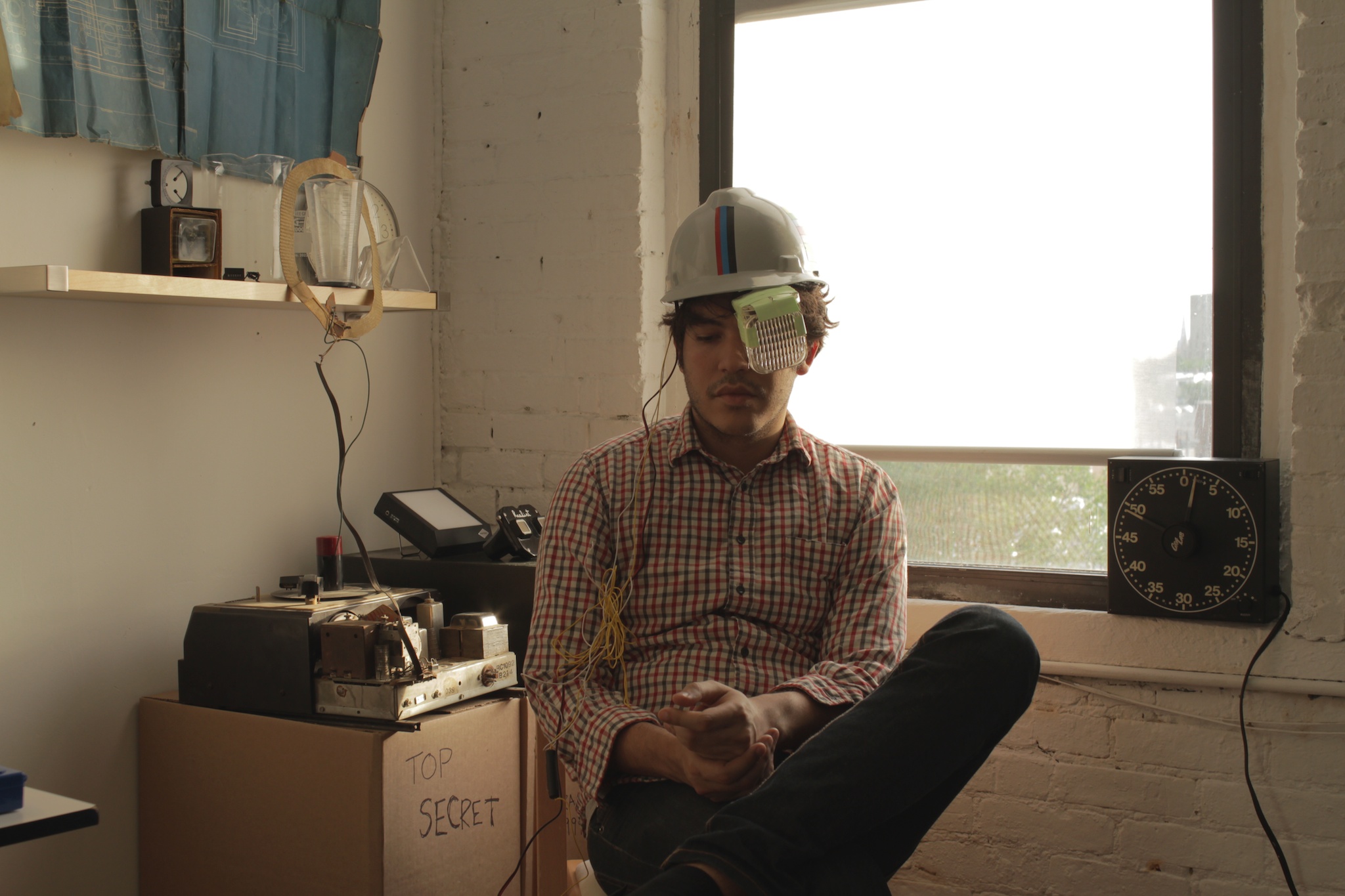
The naive design of early Cyclopticals provided an early breakthrough in an unexpected way. Francis began to collaborate with Lina Rae Pearson around the time we were developing the lenses. Francis' eye beautifully matched her own artistic vision. The two of them began to create real life approximations of what he saw, which gave me additional insight into his perception. But the real revelation came when they attached our Cyclopticals to Lina Rae's camera and took photographs with them. When I saw the developed film, I discovered that the photos she took with the lenses turned out completely differently from the ones he took. How could this be? Wasn't it merely a physical operation being carried out here? Apparently not! This proved that the link between our vision and his was beyond a purely mechanical or chemical reaction. We were dealing with forces well beyond our known physics.

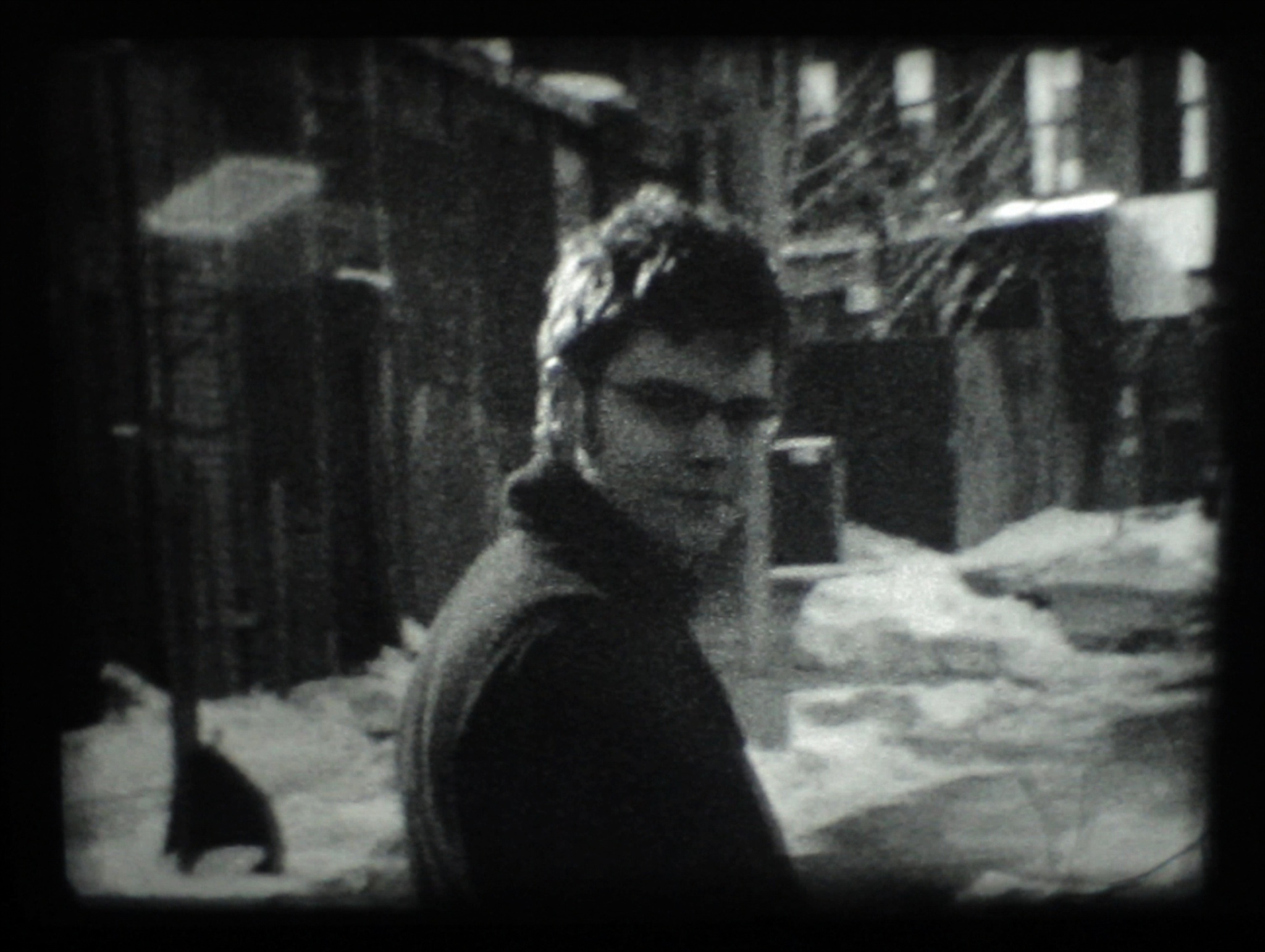
Thus, Lina Rae and Francis both played the most integral role in launching a whole new realm of scientific study that continues to this day. They took my basic inquiry into the way we perceive and launched it into a new way of thinking about the possibility of experiencing the world beyond the limitations of what our given bodies seem prepared to experience. To them, I owe my life's work, which I continue to this day, despite the fact that still few scientists allow their minds to open up to such abstract scientific thought. This I will never understand, as we must continue to push boundaries and open minds to new avenues of perception. Only by opening these avenues of thought can we break through the barriers that continue to confine our lives. For those who pick up any of our books thinking they will merely find self-help advice as a means to a better life, you will find so much more than that through Cyclopticals.
Stay tuned for more breakthroughs in vision pioneering. This is just the beginning.
Bill Vernon
(Excerpted from the introduction to Revise Your Vision, 3rd Revised Edition)


